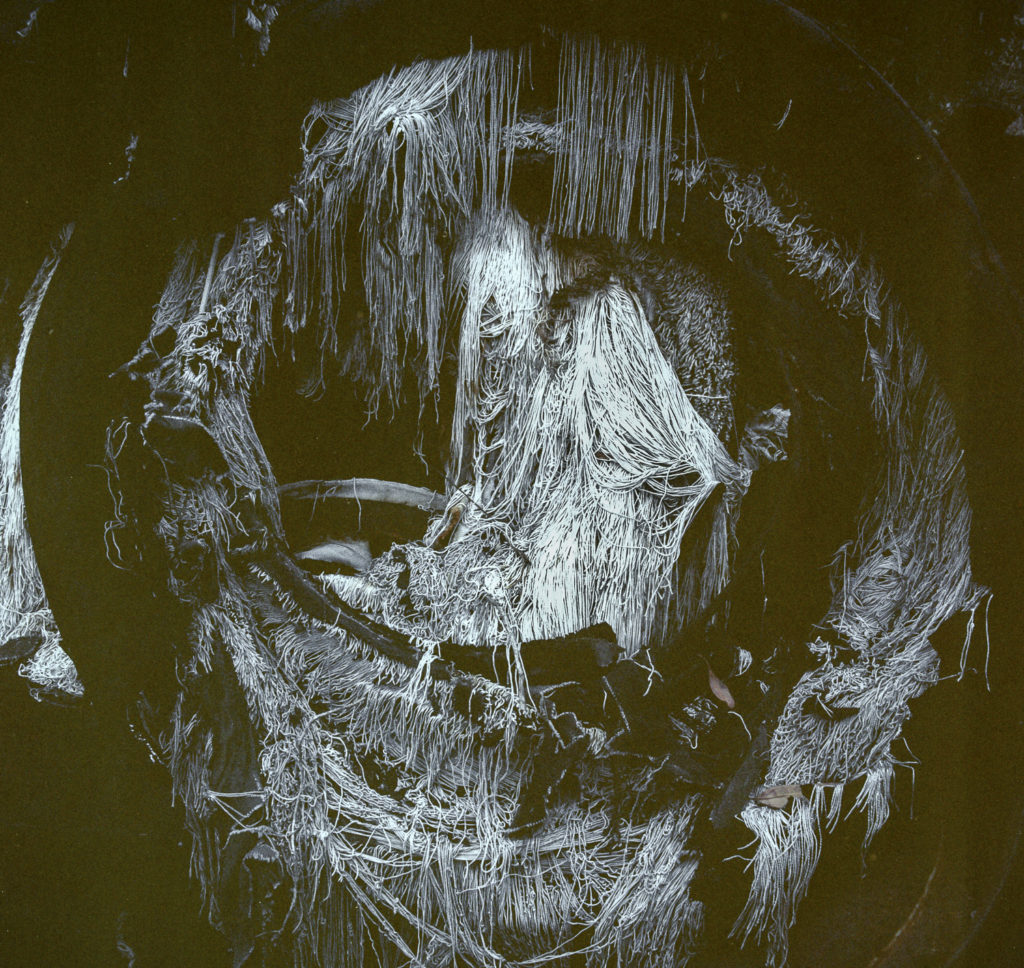I ‘ve been in the process of reworking the little speech that I gave at the opening exhibition of Mallee Routes at the Atkins Photo Lab in Adelaide in late 2016. It has been posted on the text tab on the website. The speech, which was designed to link photography to the Humanities, was based around a quote by G.W.F. Hegel on philosophy that is towards the end of the Preface to his Philosophy of Right (published in 1821). This is the quote:
“When philosophy paints its grey in grey, then has a form of life grown old. Philosophy cannot rejuvenate it, but only understand it. The owl of Minerva begins its flight only with the coming of the dusk.”
In the speech I suggested that if we replace the word philosophy with photography, then we could see some affinities between Hegel’s text and the photography in the Mallee Routes project. The affinities include: the monochrome painting of grey in grey; the Mallee as a form of life grown old; photography cannot rejuvenate this form of life only understand it; photography takes place at the coming off dusk.
The speech then unpacked what this could mean for photographing the Mallee project through interpreting (or a making sense of) Hegel’s quote.

What I wanted to avoid in taking this approach was a melancholy interpretation of Hegel’s quote, and in turn, the photos in Mallee Routes project. On this interpretation photographing the Mallee is a form of nostalgic mourning for a 20th century form of life that is passing away, a late photography is a way of preserving the traces of a life that has passed, whilst finding it difficult to accept what has been lost. Hence there is a mourning for what is being lost.
There is a history to the mourning interpretation of a late photography that goes back to Eugene Atget’s photographs of old Paris: the old sections of Paris that survived the process of being demolished by Baron Haussmann during the reign of Napoleon III in the 1850s. This rebuilding program widened streets into boulevards and leveled entire sections of the city. These Paris photographs by Atget (and Charles Marville) are seen as a form of freezing, capturing and embalming a pre-Haussmannized Paris. These images are held to evoke melancholy based on an inability to mourn or accept the destruction of the old that was undertaken by Haussmann to make way for the new.
This melancholy interpretation was rejected through unpacking Hegel’s quote. Briefly, understanding the grey in grey of a shape of life grown old for Hegel contained the idea of something living on—a persistence of potentiality. The suggestion is that we live in a time of uncertainty and confusion, of presence and absence; and that the end of an epoch is also a new, strange beginning. On this interpretation philosophy (and photography) looks to what has been before, and it seeks to make sense of that era that is coming to a close. It makes sense of it, given what what we find today. We look backwards to better understand our present position, but without any certainty about what may lie ahead.
Whilst reworking the speech I realised that a lot of photographic commentary frequently asserts the photography’s (as a medium) uncanny relation to death. Andre Bazin, for instance, described photography as form of embalming life in his influential essay, ‘The Ontology of the Photographic Image’. More recently <a href=”https://en.wikipedia next page.org/wiki/Susan_Sontag”>Susan Sontag in her On Photography asserted that photographs ‘are memento mori that enable participation in another’s mortality’. John Berger in Selected Essays says that ‘photography, because it stops the flow of life, is always flirting with death.’
I also became aware that there is an established tradition of critical writing about photography, which holds that the photographic medium is underwritten by death: in both the production and consumption of images across the contexts of art, science, commerce and personal photography, and in analysis of the histories and ontology of the photograph. However, photographing the Mallee is not about death of a form of life per se. In photographing the Mallee, photography is a making present now what was absent in the past–eg., the environmental consequences of economic progress that took the form of the extensive clearing the Mallee for agriculture.
Whilst finishing this post I came across the idea of melancholy as an aesthetic emotion. This was expressed in the Romantic tradition in art and literature, most commonly in the form of a solitary persons set amongst the grandeur of nature. In this tradition melancholy is associated with a calm contemplation either mixed with anxiety-whether from fear (the sublime) or from loss or longing (melancholy). This tradition suggests that mourning transforms itself into melancholy, when the desperation of a loss has calmed down and is mixed with pleasurable memories.
Melancholy, in the sense of being an aesthetic category, suggests that we have been able to take some distance from our previous experiences of sorrow and sadness, and that we have given them a place in our own history. As such it would be a common response by people living in the Mallee to the depopulation of the region, the loss of work, and the decline of community.

